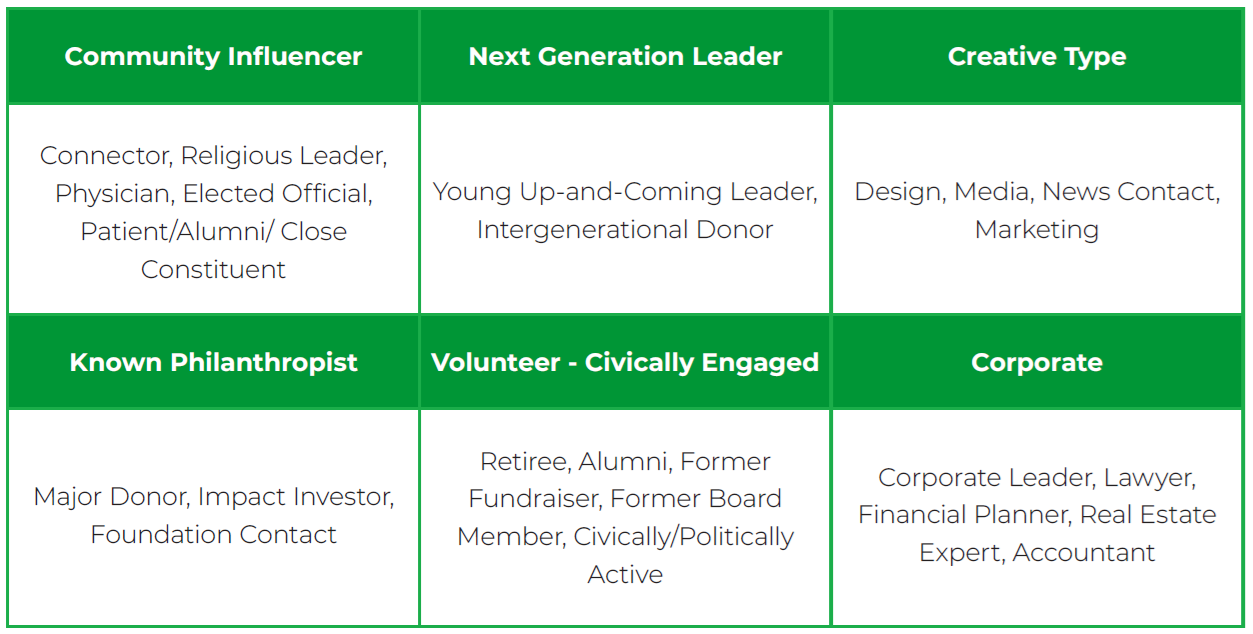Old and Trusted or a Cinderella Story? Selecting the Right Committee Members for Your Capital Campaign
Joan M. Bindel, MBA, CFRE
Published: 11/05/2024

I have been a sports junkie for years, but the last few seasons have been extra special, thanks to Caitlin Clark, the Iowa Hawkeyes, and now the Indiana Fever. My son went to high school with Caitlin, so it’s been awesome to watch her rise to stardom. I’ve also learned many lessons from women’s basketball and a 22-year-old phenom that can apply to our work in fundraising.
As it turns out, basketball can be a great analogy for putting together a successful capital campaign leadership team. Much of the success of a capital campaign hinges on the strength of its team–the campaign committee. The right individuals can inspire confidence, build momentum, and unlock significant donations leading to the completion of transformational healthcare projects.
Coaching Strategy
Before diving into the committee selection process, it is important to create an overall game plan for the campaign. Spend time developing the campaign’s case for support, setting fundraising goals, and creating a timeline. Prepare for your incoming team by identifying and researching potential donors, developing a solicitation plan, and creating a communications plan to share your success with your donors and fans as you reach campaign milestones.
When these basics are in place, it is time to make an intentional selection of the right mix of veteran and new volunteers who will make up a balanced leadership committee. Start by clearly defining the committee’s purpose and responsibilities before beginning your recruitment process.
Committee Recruitment
Will your committee be a bracket breaker, or will you make it to the big dance?
Campaigns can be made or broken on the volunteer leadership involved. It is important to have the right lineup to make it through the campaign successfully. Campaign leadership is important for many reasons:
- Accountability and transparency: Committee stays informed and engaged with regular meetings and progress updates.
- Momentum: Committee meetings and closing of gift commitments inspire other members to make calls and feel the success.
- Natural cultivation (points): Committee becomes committed personally and financially to the project.
- Leverages staff resources: Committee expands the reach by making donor calls, sometimes doubling the number of requests staff alone could make.
- Reach and representation (rebounds): Committee members introduce new prospective donors to the project.
- Leadership pipeline (future board members): Committee members could be your next new board member.
- Synergy: Working together as a team will prove greater than the sum of our individual efforts.
- Donor acquisitions (assists): New donors are generally acquired through committee contacts.
- Redemption rate: Donors are most likely to fulfill their commitment to the campaign if asked by a friend.
Your Starting Lineup
A diverse committee that reflects the community you serve will bring a variety of perspectives and potential donors to your campaign. Consider including individuals from different backgrounds, ages, and professions to be part of your campaign committee. This matrix will help you brainstorm a committee that is well rounded.

Here is where a bracket comes in. Start placing names of potential committee members in the outside columns of your bracket. Do you have someone in mind from each of the areas of the matrix? Who will take a pass and fall off the bracket and who will be benched because they are not the right fit at the right time? As you work your way to the center of the bracket, select your coaches—your co-chairs for your campaign.